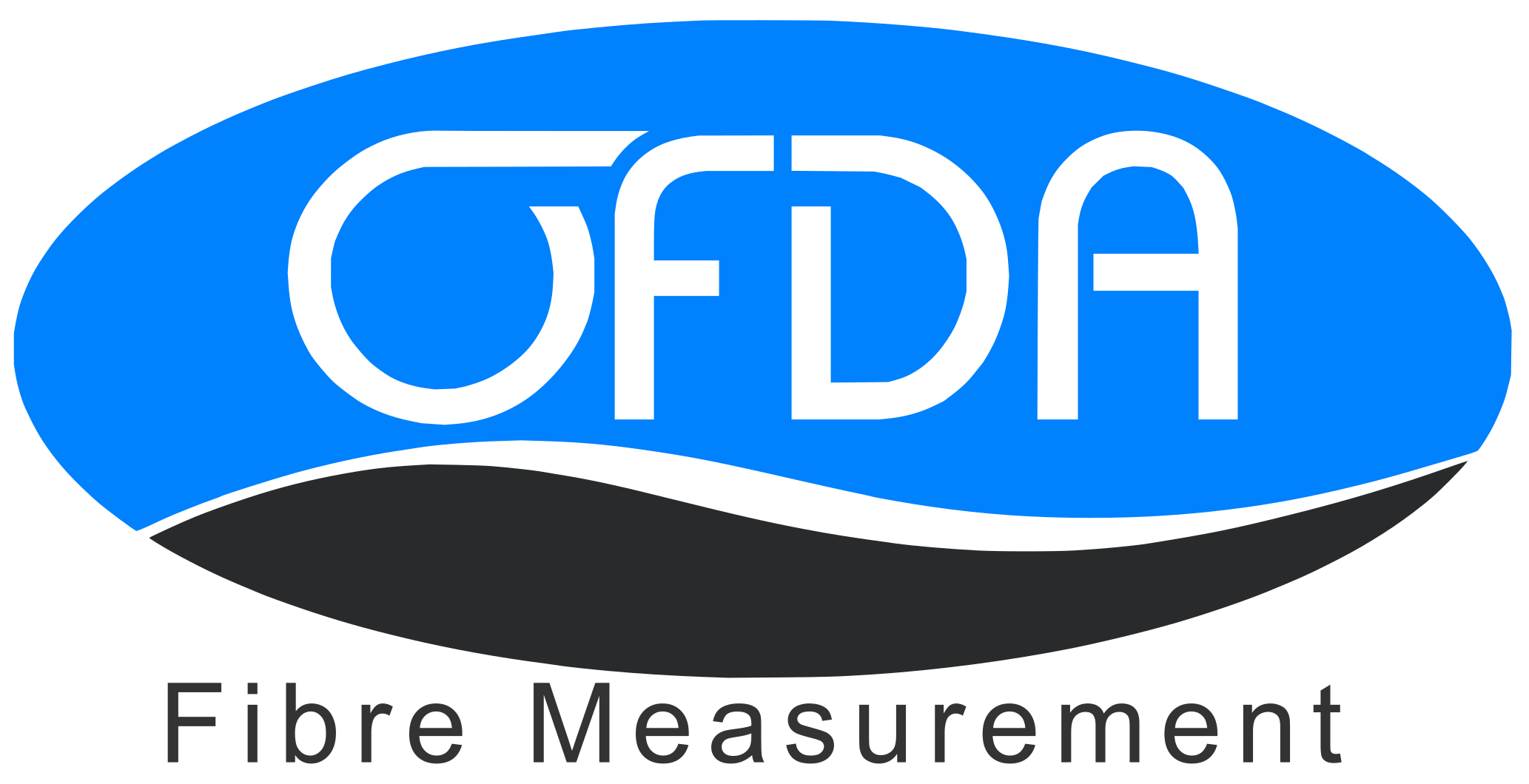Micron Measurement: Precision in Wool & Fibre Testing
- Thomas Hegerty
- Jun 30
- 4 min read
Updated: Sep 24
In the world of wool and textile fibre analysis, precision isn't just a luxury—it’s essential. Accurate micron measurement plays a crucial role in determining the quality, usability, and value of fibres, particularly in the wool industry. Whether you're a grower, researcher, processor, or manufacturer, understanding fibre diameter down to the micron can influence every aspect of your operation.
In this blog, we explore what micron measurement is, why it matters, how it's done, and how OFDA's technology leads the way in delivering reliable, high-resolution fibre data.
What is Micron Measurement?
Micron measurement refers to the process of determining the diameter of fibres in micrometres (µm), with 1 micron equalling one-millionth of a metre. This ultra-fine measurement scale is essential in industries like wool, alpaca, cashmere, and other textiles where small variations can mean significant differences in texture, strength, value, and performance.
Why the Micron Unit?
The term “micron” is widely used in the textile and fibre world because natural fibres—especially wool—can be incredibly fine. Merino wool, for example, typically ranges from 15 to 25 microns, while coarser fibres may exceed 30 microns. By measuring fibre diameter in microns, manufacturers and researchers can make highly precise assessments of fibre quality.
Why Accurate Micron Measurement Matters
Fibre Quality and Grading
Micron measurement is the benchmark for fibre grading. A lower micron value generally indicates a softer, finer, and more luxurious fibre, while higher values may be more robust and suited for outerwear or industrial use. In wool trading, micron categories dictate pricing and classification.
Performance and Application
The diameter of a fibre affects how it performs. Finer fibres have higher elasticity and better comfort, making them ideal for next-to-skin garments. Coarser fibres, though less soft, are stronger and more durable. Knowing the exact micron measurement enables manufacturers to align fibre properties with product applications.
Value-Based Selling
Growers who can consistently supply fibres with desirable micron levels gain greater credibility and command premium prices. Buyers and processors, in turn, can make informed purchasing decisions with fewer quality surprises.
Research and Innovation
For researchers and textile scientists, micron measurement is indispensable for breeding programs, fibre development, and innovation. Tracking changes in fibre diameter over time or across genetic lines helps shape the future of sustainable and high-performance textiles.
How is Micron Measurement Performed?
Traditionally, micron measurement was done using projection microscopes and manual techniques—effective but time-consuming and prone to human error. Today, advanced technology has revolutionised this process.
The OFDA Advantage
Optical-Based Fibre Diameter Analyser (OFDA) systems use optical and digital imaging to measure thousands of fibres within seconds. Using high-resolution imaging and sophisticated algorithms, OFDA instruments can detect:
Mean Fibre Diameter (MFD)
Standard Deviation (SD)
Coefficient of Variation (CV)
Comfort Factor
Fibre Curvature
This data-rich approach not only improves accuracy but also provides deeper insights into the entire fleece or batch.
Micron Measurement in Action: Key Applications
Wool Testing
For Australian wool growers, micron measurement is central to fleece evaluation and classing. With OFDA, in-shed and on-farm testing can be performed efficiently using tools like OFDA2000, enabling immediate decisions about shearing, sorting, or breeding.
Alpaca and Mohair Analysis
These specialty fibres demand meticulous measurement due to their high market value. OFDA technology enables accurate micron testing that supports niche industries and small-scale producers alike.
Textile Manufacturing
Spinners, weavers, and knitters use micron measurement data to control quality, manage blending, and ensure consistency across batches. With OFDA’s fibre analysis, manufacturers can reduce waste and improve final product performance.
Academic and Research Use
Universities and agricultural institutes worldwide use OFDA for genetic research, feed trials, and breeding programs. Reliable micron measurement is foundational for producing scholarly work and practical breeding improvements.
How OFDA Ensures Reliable Micron Measurement
Long lasting Calibration: Due to the OFDAs optical system, its calibration is robust, avoiding regular calibration requirements to maintain measurement integrity. This means you can trust the data you're seeing—every time.
High Sample Throughput: Speed matters. With OFDA, thousands of fibre readings can be collected in a single run, producing statistically significant results in minutes.
Detailed Reports and Visualisation: Data isn’t just about numbers. OFDA’s software delivers easy-to-understand graphs, histograms, and reports to help users make quick and informed decisions.
Why Choose OFDA for Micron Measurement?
Choosing OFDA means investing in:
Accuracy: Precision down to fractions of a micron.
Efficiency: Fast turnaround, whether in the lab or in the field.
Trust: Used by wool authorities and research institutions around the world.
Innovation: Constant development to meet industry needs.
With decades of experience and a focus on user-friendly, durable instruments, OFDA supports the full lifecycle of fibre—from fleece to fabric.
Precision You Can Rely On
Whether you're a wool grower aiming for finer fleece, a researcher shaping the next generation of fibres, or a processor ensuring product consistency, micron measurement is at the heart of your success.
With Robotic Vision, you get more than just a number—you gain insight, confidence, and control over your fibre quality.
Want to experience the difference precision micron measurement can make for your operation?Get in touch with Robotic Vision today to discover the right fibre analysis solution for your needs.





Comments